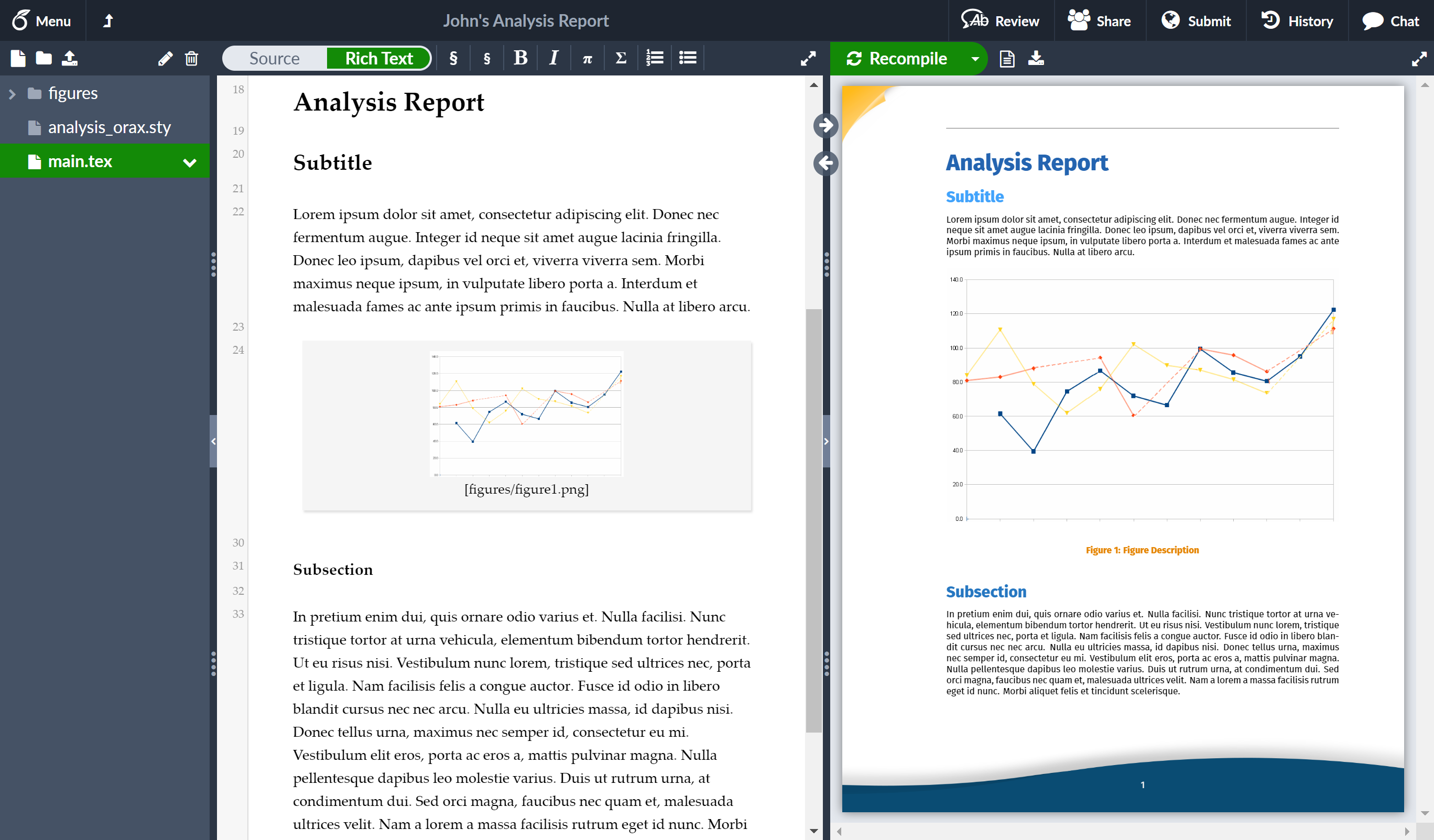Page De Garde Overleaf

Salut les amis ! Ever felt like your academic papers needed a little… *je ne sais quoi*? A dash of elegance, a sprinkle of professionalism? Well, let's talk about the "Page de Garde", or cover page, and how you can create a seriously impressive one directly in Overleaf.
Pourquoi se soucier d'une Page de Garde ? (Why Bother with a Cover Page?)
Okay, okay, I hear you. "It's just a cover page, right? No big deal." But think about it this way: it's the first impression! It's like the fancy appetizer that gets you excited for the main course. Or, you know, the meticulously crafted album cover that makes you want to listen to the music inside. Your research deserves a bit of curb appeal, don't you think?
A well-designed cover page can:
- Showcase your work: It's a visual introduction to your masterpiece.
- Establish professionalism: It tells the reader you take your work seriously.
- Provide essential information: Title, author, date, institution – all the important stuff in one place.
- Make a statement: It can subtly hint at the tone and subject matter of your research.
Overleaf, mon amour: The Perfect Platform
So, where does Overleaf come in? Well, if you're not already familiar, Overleaf is basically a collaborative, online LaTeX editor. Think Google Docs, but for beautifully formatted documents. And LaTeX? It’s a typesetting system that’s especially amazing for handling complex equations, figures, and… you guessed it, cover pages!
Why is Overleaf perfect for this? Because:
- Templates galore! Overleaf has a ton of pre-made templates, meaning you don't have to be a LaTeX guru to get started. It's like having a professional designer on standby.
- Collaboration friendly: Working on a group project? No problem! Everyone can contribute and edit in real-time.
- Version control: Accidentally deleted something important? No sweat! Overleaf keeps track of your changes so you can easily revert to previous versions. It's like a "Ctrl+Z" that never ends!
- No software to install: It's all in your browser! Just log in and start creating.
Créer une Page de Garde Magnifique (Creating a Magnificent Cover Page)
So, how do you actually create a killer cover page in Overleaf? Here’s a simplified breakdown:
1. Choose Your Template
First, head to Overleaf and start a new project. Browse through the templates and find one that catches your eye. There are tons of options, from simple and elegant to more elaborate and creative. Think of it like choosing the perfect outfit – find something that suits the occasion (your research) and your personal style.
2. Customize to Your Heart's Content
This is where the fun begins! Replace the placeholder text with your own information. Change the fonts, colors, and layout to create something truly unique. Don't be afraid to experiment! LaTeX can seem intimidating at first, but Overleaf's visual interface makes it surprisingly easy to tweak things. If you are familiar with HTML and CSS, it will be piece of cake!
3. Add Visual Flair
Consider adding a relevant image or logo to your cover page. A visually appealing image can grab the reader's attention and make your cover page more memorable. But remember to keep it professional! We're aiming for polished, not chaotic.
4. Tweak and Refine
Once you've made your initial edits, take a step back and review your cover page. Does it look clean and professional? Is the information easy to read? Are there any typos? (Always double-check for typos!). Think of it like proofreading a letter – make sure everything is perfect before you send it out.
Le Mot de la Fin (The Final Word)
Creating a Page de Garde in Overleaf doesn't have to be a daunting task. With a little bit of effort and creativity, you can create a cover page that elevates your research and makes a lasting impression. So, go ahead, embrace the power of LaTeX and Overleaf, and give your academic papers the visual upgrade they deserve! After all, first impressions matter, *n'est-ce pas?*


















